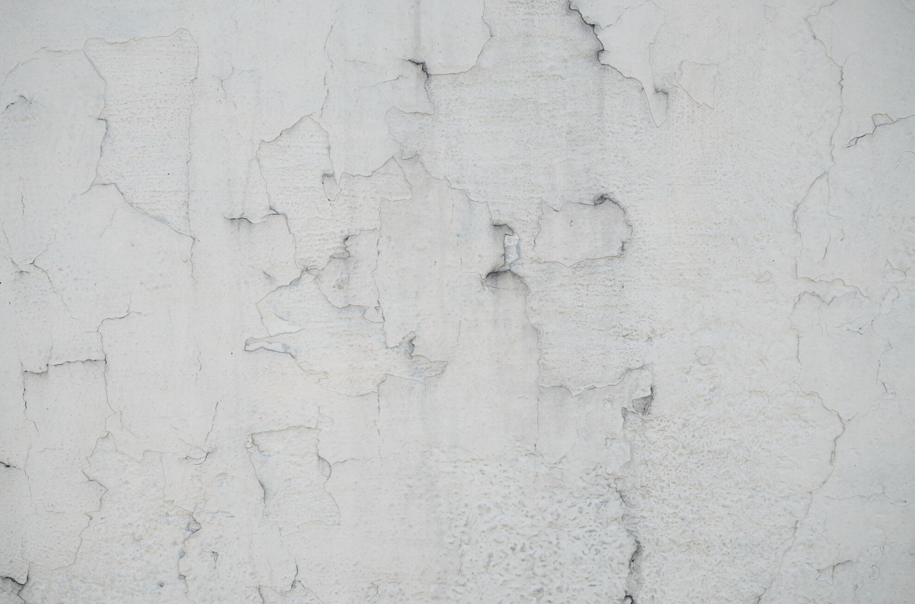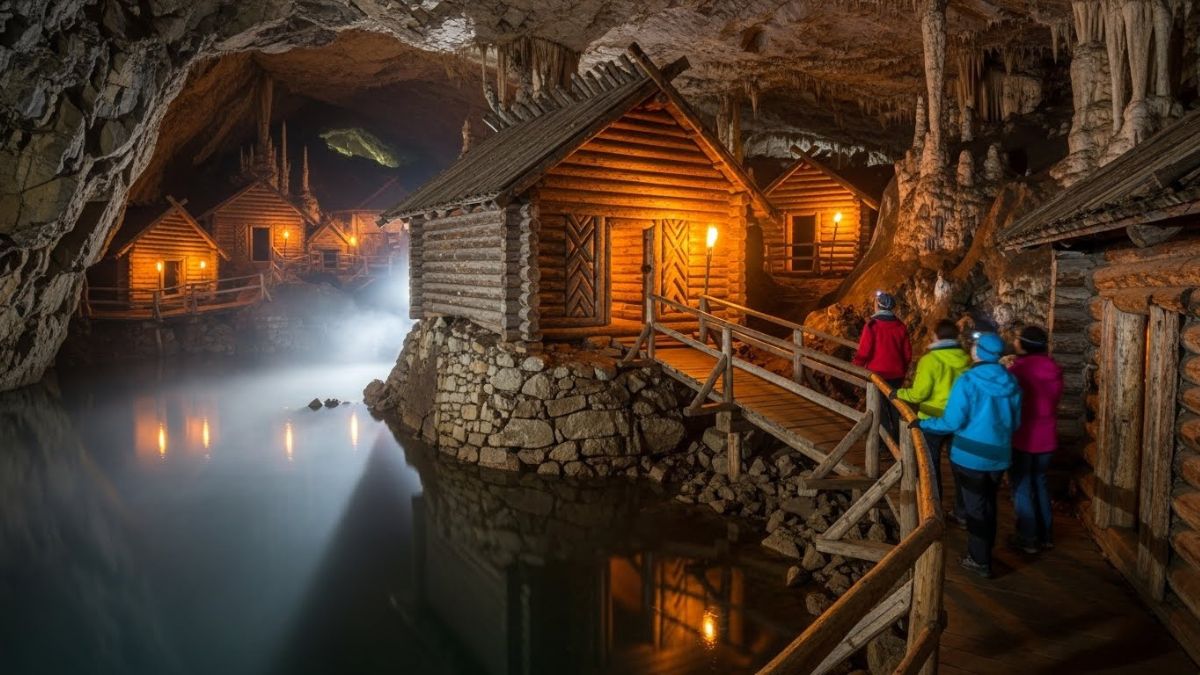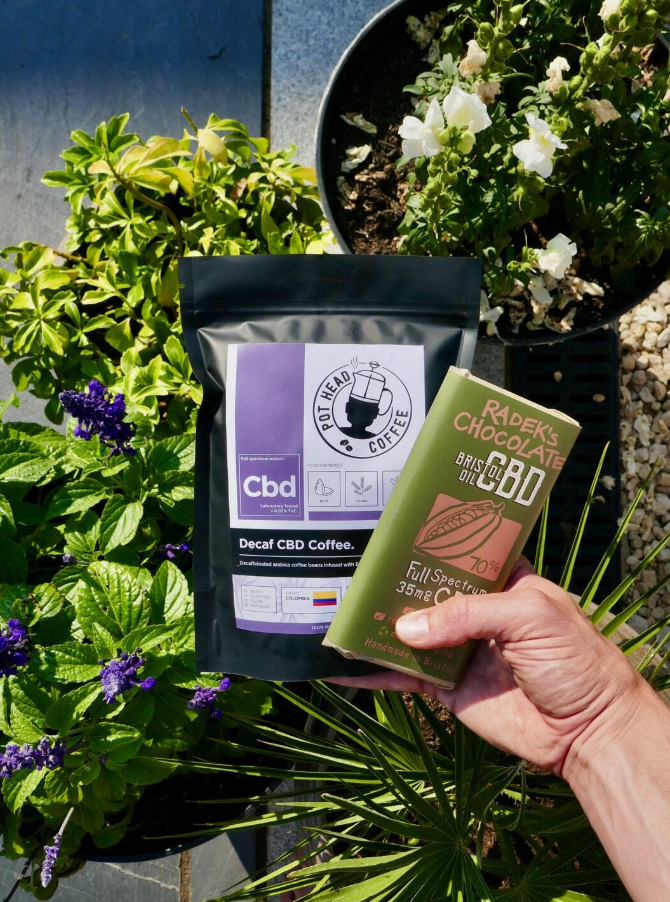Plastering is a vital step in any renovation or construction project, but waiting for plaster to dry can stall progress and delay the next phase of work. Whether you’re a DIY enthusiast or a professional plasterer, faster drying times can save time, money, and stress.
So, what’s the secret to speeding up your plastering process without compromising quality? Read on.
Understand Plaster Drying Basics
Plaster typically dries in 3 to 7 days, depending on the thickness, environmental conditions, and the type of plaster used. Drying is not the same as curing – while the plaster may feel dry to the touch, internal moisture may still be present. Rushing this stage can lead to cracking, poor paint adhesion, and long-term durability issues.
Control the Environment
The most effective way to speed up plaster drying is to create the right environment. Focus on the “holy trinity” of drying: heat, ventilation, and airflow.
Heat
A warm room accelerates evaporation. Use space heaters or central heating to maintain a steady temperature – ideally between 18°C and 22°C (64°F to 72°F). Avoid using excessive heat, as this can cause the outer layer to dry too quickly and trap moisture inside.
Ventilation
Fresh air is essential. Open windows and doors to allow moisture to escape. If working in a closed space, consider using an extractor fan or dehumidifier.
Airflow
Use fans to move air around the room. This helps carry moisture away from the surface and supports even drying. Position fans to circulate air across the walls-not directly at wet plaster-to avoid surface cracking.
Use Fast-Setting or Lightweight Plaster
Choosing the right product makes a big difference. Fast-setting plaster, such as British Gypsum’s Thistle Bonding 60 or similar brands, is designed to dry in a few hours. While these are great for patching or small areas, they can also be used strategically on larger jobs.
Lightweight plasters often contain additives that speed up the drying process without compromising finish quality. They’re also easier to apply, which reduces labor time. Check and order halftime plaster accelerator here to learn more.
Apply Thin Coats
Thick layers take significantly longer to dry. Applying plaster in thin, even coats helps moisture escape more efficiently. Multiple thin coats, with proper drying time between applications, are better than one thick coat that takes days to dry.
Avoid Overwatering
Adding too much water to the mix or to your tools when applying can extend drying time. Stick to the manufacturer’s recommended ratios and avoid re-wetting the surface during the drying phase.
Use a Dehumidifier Strategically
A dehumidifier is a great tool for drawing moisture out of the air – especially in damp environments or colder months. Place it in the room after the plaster has set (not immediately after application), and monitor humidity levels to ensure optimal conditions.
Faster Drying Times: Save Time and Costs Today
Speeding up plaster drying doesn’t mean cutting corners – it means creating the right conditions and using smart materials. By optimizing your environment, applying the right techniques, and choosing fast-setting products, you can reduce downtime and keep your project on track.
Remember, patience is still key: rushing the drying process too aggressively can backfire. But with these tips, you can strike the perfect balance between speed and quality.
If you want to read more articles, visit our blog.











